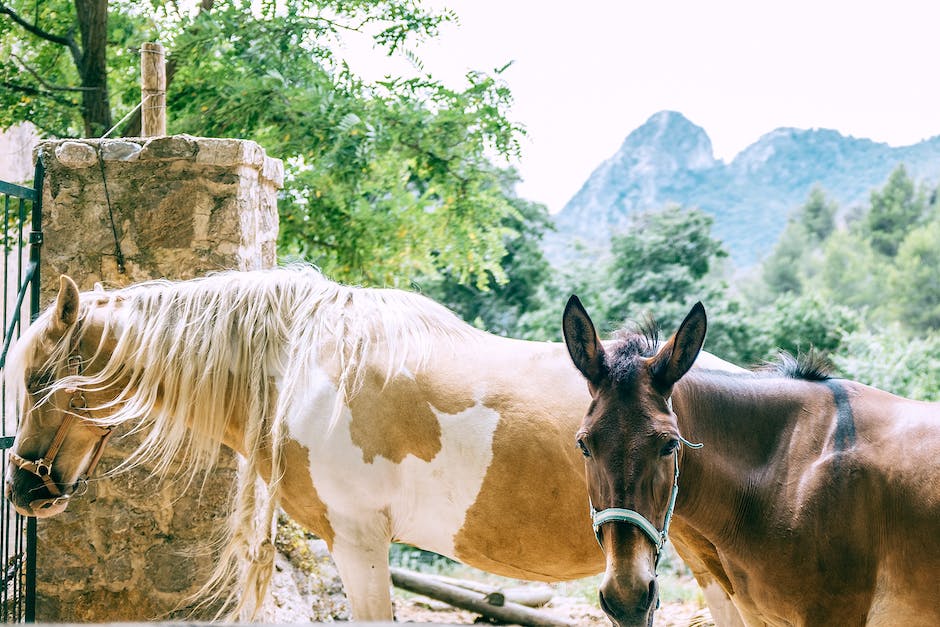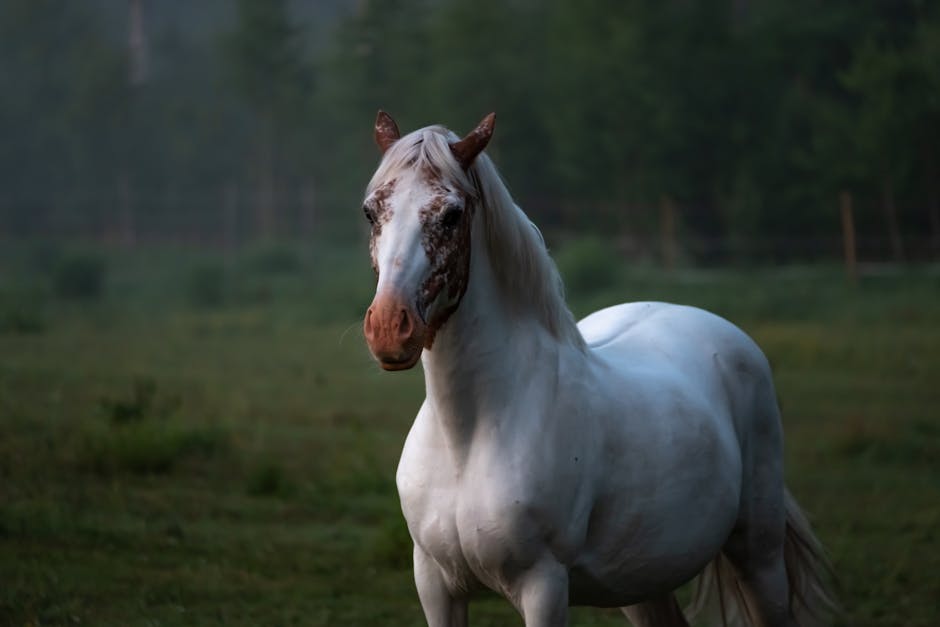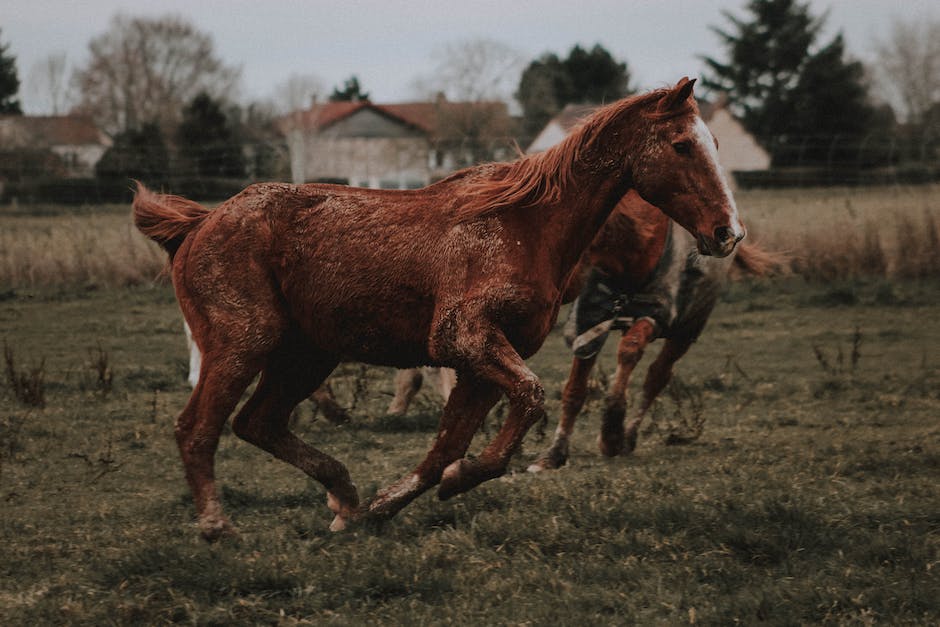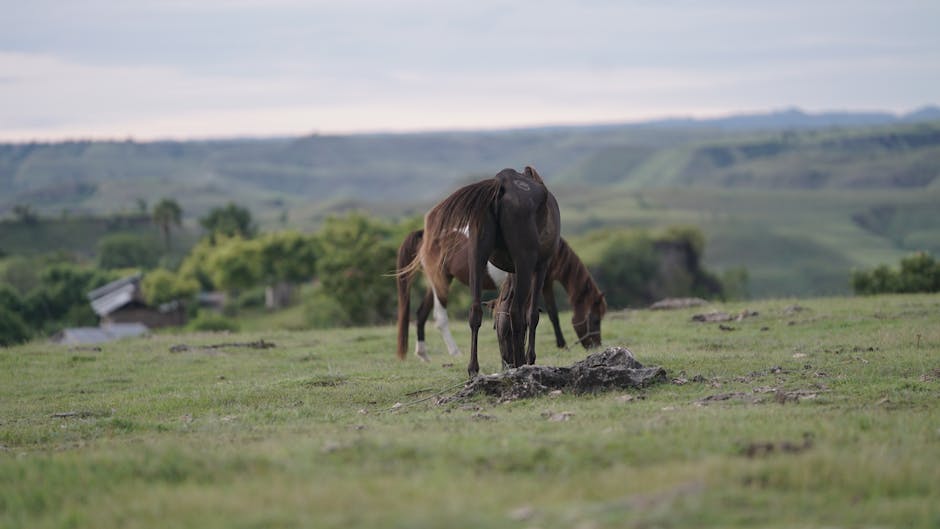From the fertile fields of France to the pages of history, French horse breeds have been more than mere spectators; they have actively shaped human civilization and its diverse cultures. Each breed carries its own legacy, embodying strength, beauty, and adaptability. This article aims to explore the depth of these breeds’ contributions, from ancient warfare to modern-day leisure, and their lasting impact on societies around the world.
Table of Contents (Horspedia)
Historical Significance and Origins
Throughout the annals of history, the hoofbeats of horse breeds from France have echoed, influencing not just agriculture and transport, but also warfare and cultural identity. French horse breeds, characterized by their resilience and diversity, have played pivotal roles that extend beyond the picturesque landscapes of France, shaping history in subtle yet profound ways.
Take, for example, the Percheron, a breed synonymous with strength and versatility. Originating from the Perche region, these horses were indispensable to knights during the medieval era. Their ability to carry heavy armor while maintaining agility on the battlefield made them a valuable asset during conflicts. As the need for war horses waned, the Percheron seamlessly transitioned into agricultural roles, showcasing an adaptability that reflected the breed’s historical significance.
Another noteworthy breed, the Camargue, has a mystique that is as wild as the region they hail from. Known for their stamina and ability to navigate marshy landscapes, Camargue horses became an integral part of herding practices in southern France. Their endurance and hardiness also made them a symbol of freedom and untamed beauty, embedding them deep into the cultural fabric of France.
The influence of French horse breeds extends to the realm of luxury and leisure as well. The Selle Français, a breed synonymous with equestrian sports, showcases the elegance and athleticism of French equine heritage. Renowned for their jumping abilities, these horses have not only dominated international competitions but have also contributed to the prestige and acclaim of French breeding programs.
Moreover, French horse breeds played a significant role in the development of horse breeds worldwide. Through selective breeding and strategic crossbreeding, traits from French horses have been integrated into various breeds, enhancing characteristics like strength, speed, and temperament. This genetic legacy highlights the global impact of French equine heritage.
The narrative of French horse breeds is a tapestry of war, agriculture, culture, and sport. Each breed, with its unique traits and historical significance, offers a glimpse into the past and how these majestic animals shaped human history. As symbols of power, resilience, and beauty, French horses remind us of the profound bond between humans and horses, a connection that has not only shaped the course of history but also enriched our lives in immeasurable ways.
From the clashing armor of medieval knights to the serene landscapes of the Camargue, and the pulse-pounding excitement of show jumping, French horse breeds have left an indelible hoofprint on the sands of time. Their legacy is a testament to the role of horses in advancing civilization, a narrative woven through the fabric of history itself.

Characteristics and Types
Diving deeper into the essence of what sets ancient French horse breeds apart, it’s imperative to explore not just their historical roots, but the distinctive characteristics that define their resilience and versatility. Unlike the broad and often generic categorizations found in global horse breeding, French breeds exhibit traits that are both a product of their environment and centuries of selective breeding practices.
Take, for instance, the Breton horse. Known for its formidable strength, the Breton is a draft horse that has been instrumental in both agricultural and military capacities. Originating from Brittany, a region known for its rugged terrain and harsh weather conditions, the Breton breed developed into a horse that is not only strong but also remarkably adaptable. Its compact frame and considerable power make it an ideal specimen for pulling heavy loads, a quality that made it invaluable on farms as well as in front-line military logistics.
Another noteworthy breed is the Norman Cob. Originating from Normandy, this breed has a storied past that intertwines with both leisure and labor. The Norman Cob is recognized for its exceptional temperament, making it a preferred choice for riding, especially in ceremonial or leisure pursuits. However, its versatility shines through its ability to adapt to various roles, from agricultural work to light draft duties. The breed’s balanced conformation and robust health have solidified its status as a reliable and enduring presence in the French equine lineage.
The traits of these ancient French horse breeds — resilience, versatility, and a deep-rooted connection to their origins — are testament to the unique place they hold in the broader narrative of equine history. Their development was not isolated but influenced by the geographical, social, and economic conditions of their native regions. This context-driven evolution resulted in breeds that were not only suited to the immediate needs of their surroundings but also possessed enduring qualities that made them invaluable beyond their traditional roles.
Moreover, the cultural significance of these breeds cannot be overstated. Festivals, traditions, and ceremonies across various regions of France celebrate these horses, embedding them deeply into the local heritage and identity. This cultural reverence goes beyond mere utility, encompassing a profound respect for the horse as a symbol of regional pride and historical continuity.
In understanding what makes ancient French horse breeds distinct, one must look beyond their physical attributes and delve into the cultural, historical, and environmental contexts that shaped them. These breeds are not just a reflection of the past; they are living embodiments of the enduring bond between humans and horses, a connection that has shaped societies, economies, and cultures throughout history. Their legacy is a vivid reminder of the intricate dance between nature and nurture, a harmony perfected over centuries in the French countryside.

Conservation Efforts and Current Status
Given the rich tapestry interwoven between French culture and its ancient horse breeds, their current plight paints a rather complex picture, with challenges that extend beyond simple preservation efforts. The encroaching modernity, changing agricultural practices, and the shifting sands of the equestrian sports domain bring to light the multifaceted nature of the hurdles these breeds face today.
Firstly, the advancing technologies and mechanization of farm work have relegated the robust Breton and the versatile Norman Cob to the sidelines of agriculture. Where once muscle and hoof were paramount, now machines rule the roost. This shift not only threatens the practical uses of these breeds but also risks diminishing the traditional knowledge and horse handling skills passed down through generations.
Additionally, the current landscape of equestrian sports and leisure activities leans heavily towards breeds perceived as more specialized or fashionable. This trend has led to a decline in demand for ancient French breeds, overshadowing their historical significance and versatility. The Selle Français, while still revered in competitive circles, represents a sliver of the broader challenge—maintaining relevancy and interest in all French ancient breeds amidst evolving equine sports preferences.
Environmental concerns also pose a significant threat. The Camargue’s unique wetland habitats—home to the iconic Camargue horses—are under siege from climate change and industrial development. These environmental pressures not only jeopardize the natural habitats of these horses but also the biodiversity of these regions, which are integral to the survival and proliferation of the breed in its traditional form.
Genetic purity and diversity present another layer of complexity. Efforts to maintain breed standards sometimes result in restrictive breeding practices that can limit genetic diversity, increasing the risk of hereditary diseases. Conversely, the historical practice of crossbreeding to enhance certain traits has led to debates about the purity and preservation of the ancient breeds’ identity.
Public perception and awareness—or the lack thereof—further exacerbate these issues. Without a robust, engaged community of advocates, breeders, and enthusiasts, the significance of these horses to French heritage and the global equestrian landscape risks fading into obscurity.
Despite these considerable obstacles, there’s a palpable sense of resilience among those dedicated to the ancient French horse breeds. Initiatives to integrate these horses into modern therapeutic programs, eco-tourism, and educational projects offer a glimmer of hope, suggesting paths for their revival and reintegration into contemporary society. These endeavors, coupled with the continued celebration of these breeds in festivals and cultural events, attest to a collective determination to honor and sustain the legacy of France’s equine heritage.

Cultural Impact and Legacy
As the world moves at a breakneck pace towards technological and mechanized solutions, the roles of ancient French horse breeds in agriculture have seen a seismic shift. Gone are the days when the muscular Breton or the sturdy Norman Cob were the engines of farming land, replaced by tractors and combines. Yet, it’s not just about horsepower—these breeds represented a way of life, intertwining with the rhythms of rural France. The shift marks a poignant change in how we engage with agriculture, moving away from the natural world.
In the realm of equestrian sports and leisure, trends swerve, influenced by changing tastes and technological advancements. Where once the Selle Français reigned supreme in show jumping arenas, the increasing globalization of equestrian sports introduces new breeds into the spotlight. This evolution in sports preferences speaks to a broader dialogue about the nature of competition and the qualities we value in our equine partners.
One cannot discuss the legacy of these breeds without confronting the environmental challenges they face, particularly the Camargue horses. Known for their wild beauty and resilience, these horses are synonymous with the marshes and wetlands of the Camargue region. However, climate change and human encroachment threaten their habitat, posing questions about conservation and the role of humans in safeguarding natural heritage.
Adding to the complexity is the issue of genetic purity and diversity. As ancient breeds, maintaining their genetic integrity while ensuring a diverse gene pool is a tightrope walk. Breeding practices have historical significance, but they also face modern challenges like genetic bottlenecks and the loss of traits that define these breeds.
Public perception and awareness significantly impact the future of these horse breeds. For many, these animals are relics of a bygone era, fascinating but distant. Elevating their status from historical footnotes to living heritage requires education and engagement, illuminating their roles beyond the pastures and battlefields into symbols of cultural pride and natural beauty.
Amid these challenges, resilience shines through. Revival efforts for ancient French horse breeds, from conservation programs to cultural renaissance, underscore a broader desire to connect with our heritage and the natural world. These initiatives don’t just aim to preserve genetics but to rekindle a relationship with these majestic animals that played pivotal roles in shaping human history.
Exploring the cultural legacy of ancient French horse breeds is a journey through time, touching on themes of adaptation, environmental stewardship, and the enduring bond between humans and horses. It’s a narrative that continues to evolve, driven by passion, ingenuity, and a collective commitment to honor and safeguard these living legends for generations to come.

As we reflect on the stories of these magnificent French horse breeds, we are reminded of their indelible mark on both history and the present day. Their legacy is not confined to the realms of agriculture and warfare but extends into the very heart of cultural identity and heritage. These breeds stand as testament to the power of nature and human ingenuity, bridging the past and future with every hoofbeat. It is our collective responsibility to honor and preserve these symbols of resilience and beauty for generations to come.
